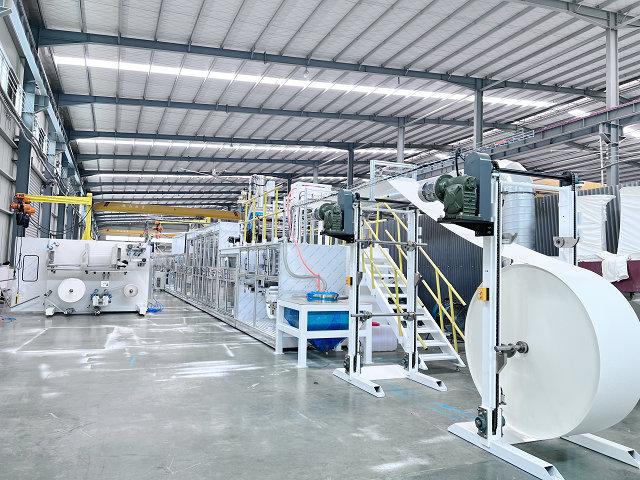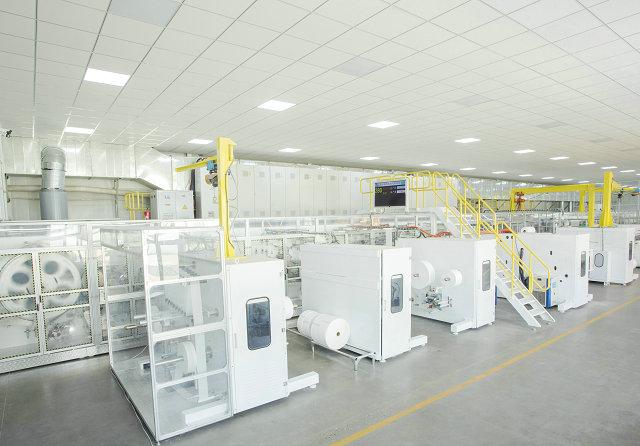Author:Haina Machinery Factory FROM:Diaper Machinery Manufacturer TIME:2023-10-16
Enhancing Product Knowledge with a Sanitary Napkin Production Line

In recent years, the hygiene products industry has experienced significant growth due to increased awareness of personal well-being. One of the essential products in this sector is the sanitary napkin. To meet the rising demand and maintain quality standards, it is crucial for manufacturers to enhance their knowledge about sanitary napkin production. This article will explore the key aspects of a sanitary napkin production line, including materials, technology, and quality control.

The first step in understanding a sanitary napkin production line is to examine the materials used. The core materials of a typical sanitary napkin include an absorbent core, a topsheet, a backsheet, and adhesive components. The absorbent core is usually composed of wood pulp fluff and superabsorbent polymer (SAP), which ensures effective fluid retention. The topsheet, which comes into direct contact with the user's skin, is made of nonwoven fabric for comfort and breathability. The backsheet, on the other hand, provides leakage protection and is typically made of polyethylene or polypropylene. Adhesive components are applied to secure the different layers together.

Advancements in technology have revolutionized the sanitary napkin production process. Automated machinery allows for efficient and precise manufacturing, ensuring consistent quality. The production line typically includes various machines such as a core forming machine, topsheet and backsheet applicators, a cutting machine, and a packaging machine. The core forming machine utilizes SAP and wood pulp fluff to create the absorbent core. The topsheet and backsheet applicators ensure proper placement of the nonwoven fabric and backsheet materials. The cutting machine cuts the final product into individual sanitary napkins, while the packaging machine packages them for distribution.
Quality control is vital in the production of sanitary napkins to ensure product safety and effectiveness. Manufacturers implement stringent quality control measures throughout the production line. This involves regular testing of raw materials, monitoring production processes, and conducting final product inspections. Raw materials are tested for absorbency, purity, and other relevant qualities. Production processes are closely monitored to identify any deviations from desired specifications. Final product inspections focus on aspects such as dimensions, adhesiveness, and overall performance. Any non-conforming products are removed from the production line to maintain high-quality standards.
Enhancing product knowledge about sanitary napkin production is crucial for manufacturers in the hygiene products industry. Understanding the materials used, adopting advanced technology and machinery, and implementing effective quality control measures are key factors for producing high-quality sanitary napkins. By prioritizing these aspects, manufacturers can meet the increasing demand for hygienic and reliable products while ensuring customer satisfaction and promoting personal well-being.
